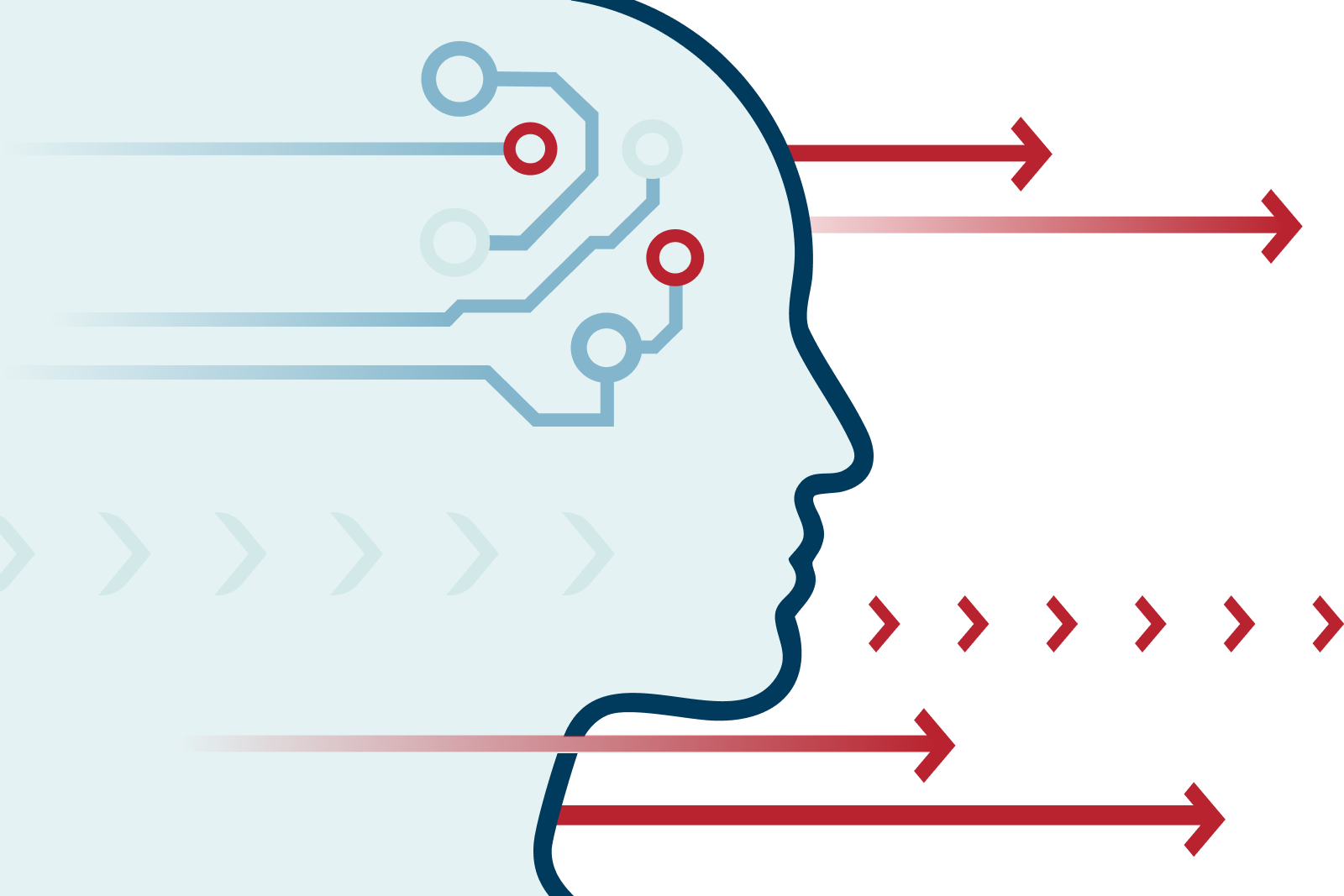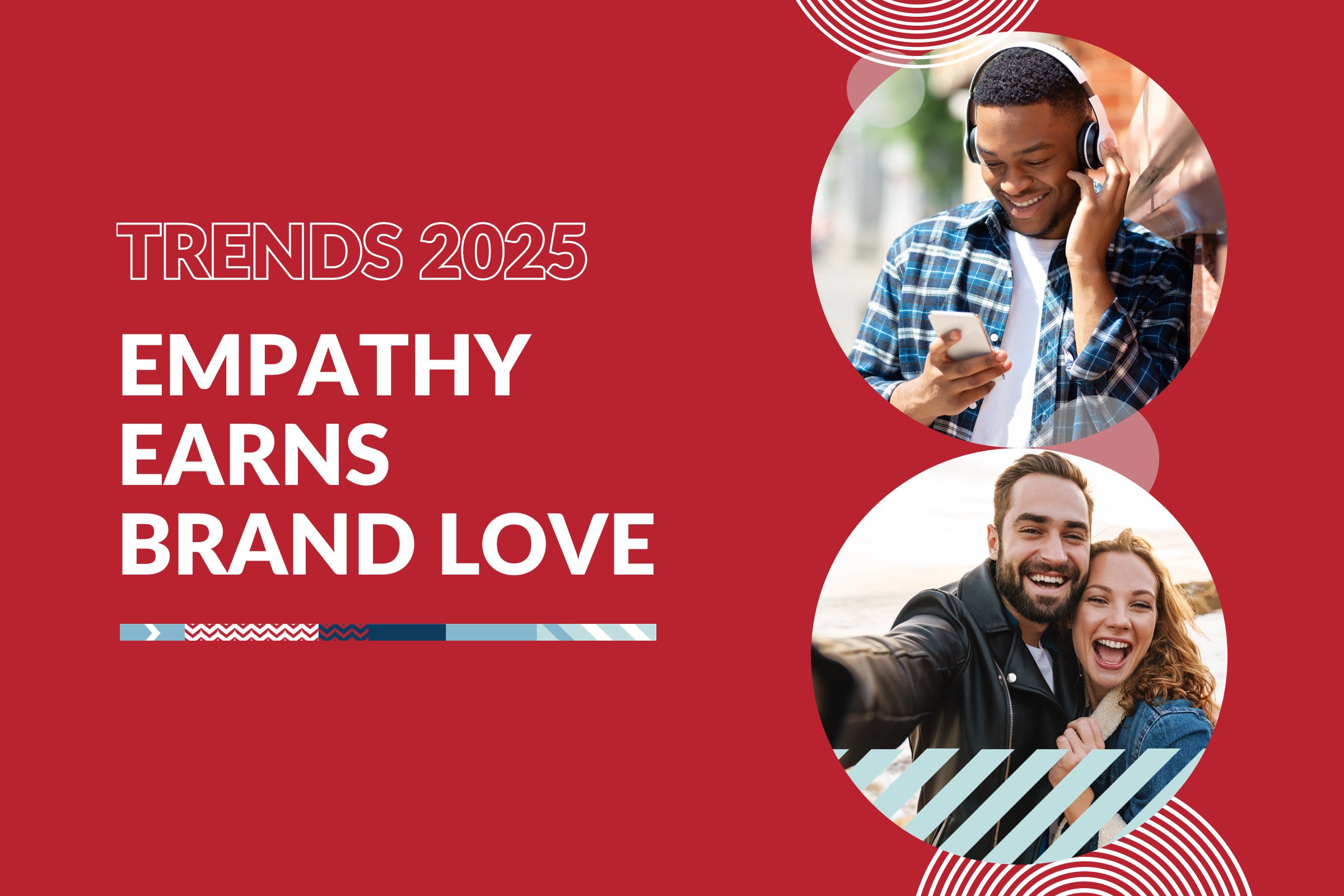Precision Marketing at the Speed of AI

Artificial intelligence (AI) is transforming business by automating tasks, deepening personalization, sifting through data for strategic insights, and much more. AI can reliably handle vast amounts of information, identify patterns that elude human perception, and execute complex processes with unparalleled speed and accuracy.
And in today's fast-paced, unpredictable business environment, those advances have a measurable impact on the bottom line. According to a recent study, 71% of marketers plan to invest at least $10 million in AI during the next three years—a steep increase from the 57% who said the same in 2024.
As marketers with a focus on loyalty and customer experience, at The Lacek Group we’re particularly intrigued to keep discovering how AI tools can help us leverage our expertise to help clients get the best outcomes for their investment. Continuous and dynamic exploration ensures we remain at the forefront of innovation, equipping our clients with cutting-edge strategies to navigate evolving customer expectations and secure a competitive edge.
For a recent client project, we used AI tools to collect customer insights with increased speed and efficiency—bringing our strategy to life on an accelerated timeline to deliver faster results. Let’s walk through it as a use case, from the initial challenge through the AI-fueled process we used to address it.
The challenge
A client in the financial services sector offers a co-brand credit card that’s primarily promoted at point-of-sale at its partner’s locations across the United States. Despite education on potential benefits, convincing customers to acquire the card remains a barrier.
We were tasked with developing a communication strategy to enhance understanding of the co-brand card’s bottom-line impact, with the goal of empowering frontline employees to confidently convey the card’s benefits to customers.
The solution
Today’s AI tools can quickly gather insights, develop tailored strategies, and craft engaging content that resonates with specific audiences. From developing personas to automating content creation, AI empowers businesses to act swiftly and strategically.
Using the proprietary WPP Open AI tool, our team created personas that reflect the partner brand’s stakeholder segments. (The Lacek Group is part of Ogilvy, a WPP company.) The goal was to use the AI-powered personas to better grasp stakeholders’ needs, motivations, pain points, and messaging preference. Then use that to:
-
Develop a structured communication framework aligned with business goals
-
Create personalized, scalable content for different stakeholder groups
-
Implement and optimize the strategy and content over time
Here’s a detailed, step-by-step process for building an AI-powered communications strategy that’s inspired by our recent client work.
 Step 1: Immersion and insights
Step 1: Immersion and insights
The foundation of any successful communications plan is a deep understanding of your audience. AI accelerates this process by uncovering insights that might otherwise take weeks to gather. Here’s how to get started:
- Review existing materials
Analyze your current communications strategy, past campaigns, and any available research or performance data. Identify what’s working and what’s not, and locate any gaps.
Use AI tools to build personas based on stakeholder inputs, simulate focus groups, analyze sentiment, and power data-driven insights. For example, in our client project, we placed the partner brand’s stakeholders into personas, revealing their unique motivations, pain points, and preferred communication styles.
- Research best practices
Explore industry standards and competitor strategies to identify areas of untapped potential. AI can help automate this research by scanning and comparing large datasets for trends and actionable insights.
 Step 2: Strategy development
Step 2: Strategy development
Once you develop a clear and nuanced understanding of your audience, it’s time to build a structured communication strategy that aligns with your business objectives. AI can streamline this step by analyzing data to identify optimal touchpoints, messaging themes, and channel preferences for each audience segment.
- Map the journey
Identify key moments in the stakeholder journey where communication can drive engagement. In our example, it was vital to onboard new employees and offer periodic training for frontline staff to effectively promote co-branded credit cards.
- Segment your audience
Divide your stakeholders into distinct groups (e.g., management, sales associates, etc.), and tailor your messaging to address their specific points of view, needs, and concerns. The same content can easily be modified to appeal to different audiences.
- Create a content framework
Outline the core messages you want to communicate, the channels you’ll use, and the timing of each message. Ensure your framework aligns with both business goals (e.g., increasing card adoption) and audience pain points (e.g., lack of clarity on benefits).
 Step 3: Create engaging, personalized content
Step 3: Create engaging, personalized content
When your strategy is in place, turn your attention to compelling content that will bring it to life. AI can play a significant role here as well by helping your team create and customize materials at scale.
- Develop adaptable templates
Build flexible email templates, website copy, and other assets that can be easily tailored to different audience segments. For instance, managers might receive content focused on return on investment and operational benefits, while frontline employees get customer-focused messaging.
AI tools can adjust messaging content based on persona data, aiming to make every piece of communication feel relevant and authentic. Include human review along the way to ensure the content’s tone doesn’t miss the mark.
- Plan an engagement calendar
Map out a schedule of ongoing touchpoints—such as training sessions, newsletters, or follow-up emails—to reinforce learning and maintain momentum. Include checkpoints to assess progress and gather feedback.
For our client’s project, we created audience-specific content streams, including email campaigns, interactive training modules, and quick-reference guides for the partner brand’s employees.
 Step 4: Deliverables and implementation
Step 4: Deliverables and implementation
A well-rounded communications plan should provide clear, actionable guidance for implementation. Key deliverables might include:
-
Strategic guidelines that outline goals, target audiences, and overarching messaging themes.
-
Persona-driven messaging frameworks tailored to each stakeholder group, addressing their unique needs and motivations.
-
Content calendar that maps out the timing of campaigns, touchpoints, and engagement opportunities.
-
Channel-specific recommendations to guide how to use each platform (e.g., email, intranet, training portals) for maximum impact.
Remember to build in mechanisms for continuous improvement, such as regular feedback loops and performance tracking using AI analytics.
Why AI matters
By enabling rapid insights, personalization, and scalability, AI empowers organizations to communicate more effectively, especially under tight timelines.
To fuel long-term success, keep these key best practices in mind: Prioritize personalization, use analytics to optimize, and solicit regular feedback to continue honing your approach.
But you don’t have to jump into the deep end right away. Consider starting by experimenting with AI tools to build personas, map journeys, or create content templates. With practice, your team will discover how AI can transform your communications strategy from reactive to proactive.
Amy Farsht is vice president, Strategy and Partnerships, at The Lacek Group. For more than 30 years, The Lacek Group has been perfecting the art and algorithms of brand devotion. We help world-class brands identify their highest-potential customers, engage them across channels throughout their lifecycles, personalize each relationship for optimal long-term results, and measure the true effectiveness of those efforts. The Lacek Group is an Ogilvy company.

